Oral Devices for Sleep Apnea: A Comprehensive Guide to Treatment and Relief
- What Are Oral Devices for Sleep Apnea?
- How Do Oral Devices Help with Sleep Apnea?
- Types of Oral Devices for Sleep Apnea
- Choosing the Right Oral Device for You
- Success Stories and Real-Life Experiences
- Where to Buy Oral Devices for Sleep Apnea
What Are Oral Devices for Sleep Apnea?
Oral devices for sleep apnea, also known as sleep apnea mouthpieces or snoring mouthpieces, are non-invasive appliances designed to help alleviate the symptoms of obstructive sleep apnea (OSA) and reduce snoring. These devices work by repositioning the lower jaw or tongue to keep the airway open during sleep. Unlike the more commonly used CPAP machines, which require wearing a mask connected to a machine, oral devices are small, comfortable, and easy to use.
Typically recommended for mild to moderate sleep apnea, oral appliances for snoring are becoming increasingly popular due to their convenience, comfort, and effectiveness.
How Do Oral Devices Help with Sleep Apnea?
The primary function of oral devices for sleep apnea is to maintain an open airway by repositioning the jaw and tongue during sleep. This prevents the collapse of the upper airway, which is the main cause of sleep apnea and loud snoring. By keeping the airway unobstructed, these devices help improve breathing patterns and reduce disruptions to sleep.
1. Jaw Advancement
Most oral appliances for sleep apnea work by advancing the lower jaw slightly forward. This movement helps to prevent the airway from collapsing and increases airflow. The degree of jaw advancement is adjustable, providing flexibility and comfort for the user.
2. Tongue Stabilization
Some devices focus on stabilizing the tongue to prevent it from falling back into the airway during sleep. By holding the tongue in place, these devices also help keep the airway open, reducing the likelihood of apnea episodes and improving sleep quality.
3. Snoring Reduction
Oral devices for snoring are particularly effective for those who suffer from loud snoring. By reducing airway obstruction, these devices can dramatically reduce snoring, allowing both the user and their partner to enjoy a more restful sleep.
Types of Oral Devices for Sleep Apnea
There are several types of oral devices for sleep apnea, each designed to address specific needs and preferences. Below are the most common types:
1. Mandibular Advancement Devices (MADs)
The most widely used type of oral appliance for sleep apnea, MADs work by repositioning the lower jaw forward to keep the airway open. These devices are adjustable and can be fine-tuned for maximum comfort and effectiveness. They are ideal for those with mild to moderate sleep apnea or snoring.
2. Tongue Retaining Devices (TRDs)
TRDs are designed to hold the tongue in a forward position to prevent airway collapse. They are typically recommended for people who have difficulty using MADs or for those who have specific issues with tongue obstruction during sleep.
3. Hybrid Devices
Hybrid devices combine elements of both MADs and TRDs. These devices provide greater customization and comfort by addressing both jaw positioning and tongue stabilization, making them a versatile option for individuals with more complex sleep apnea issues.
Choosing the Right Oral Device for You
Selecting the right oral device for sleep apnea depends on several factors, including the severity of your sleep apnea, your specific symptoms, and your comfort preferences. Consulting with a healthcare professional or dentist is essential to determine the best treatment for your condition.
1. Severity of Sleep Apnea
If your sleep apnea is mild to moderate, a mandibular advancement device (MAD) may be sufficient to alleviate symptoms. For more severe cases, a hybrid device or a combination of treatments might be recommended.
2. Comfort and Fit
Comfort is crucial when selecting an oral device, as you will be wearing it for several hours each night. Many devices are custom-fitted to your mouth, ensuring a snug and comfortable fit that minimizes discomfort and maximizes effectiveness.
3. Budget
Oral devices for sleep apnea vary in price. Custom-made devices are generally more expensive, while over-the-counter options are more affordable but may not offer the same level of comfort or effectiveness. Your dentist can help guide you to a solution that fits your needs and budget.
Success Stories and Real-Life Experiences
Many users have shared their success stories with oral devices for sleep apnea. Take the case of Jane, a 45-year-old woman who struggled with snoring and mild sleep apnea for years. After trying a mandibular advancement device, Jane noticed significant improvements in her sleep quality and a reduction in her snoring. Her partner also benefited from quieter nights, and she woke up feeling more refreshed and energized each morning.
These success stories highlight the life-changing potential of oral devices for sleep apnea. With the right treatment, many people experience better sleep, improved health, and a higher quality of life.
Where to Buy Oral Devices for Sleep Apnea
If you're ready to try an oral device for sleep apnea, visit Dentistry Toothtruth. They offer a wide selection of high-quality oral appliances for sleep apnea, tailored to fit your needs. Explore their range of devices, read customer reviews, and find the perfect solution for your sleep apnea treatment.
Visit their website today to learn more and take the first step toward better sleep and improved health.

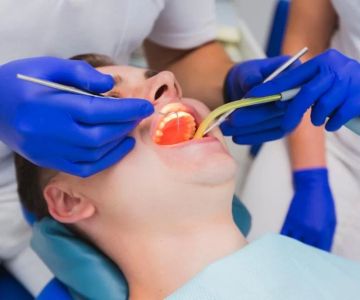
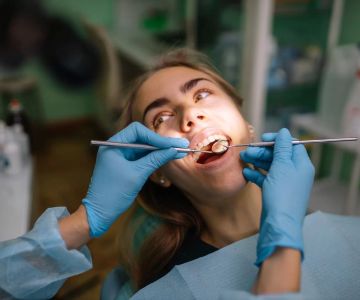
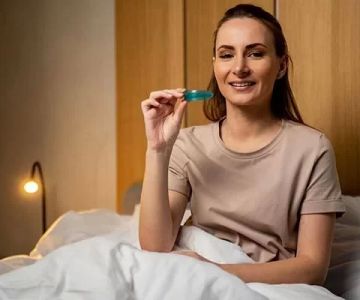

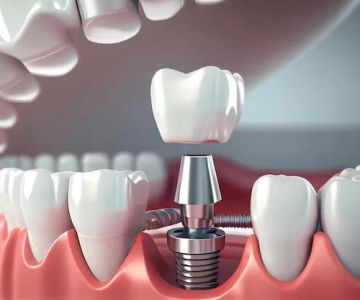

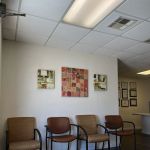 Smiles Divine Dental4.0 (25 review)
Smiles Divine Dental4.0 (25 review) Premier Dental of Edison4.0 (285 review)
Premier Dental of Edison4.0 (285 review) Jennifer Chiang, DDS5.0 (221 review)
Jennifer Chiang, DDS5.0 (221 review)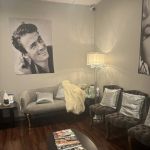 Glamorous Smile Dental Spa5.0 (17 review)
Glamorous Smile Dental Spa5.0 (17 review) Jennifer Barrett0.0 (0 review)
Jennifer Barrett0.0 (0 review) Northview Dental4.0 (301 review)
Northview Dental4.0 (301 review) The Importance of Oral Health Education During Pregnancy for a Healthy Pregnancy
The Importance of Oral Health Education During Pregnancy for a Healthy Pregnancy Best Tips for Brushing Your Teeth Properly for Healthy Gums: Essential Techniques for Oral Health
Best Tips for Brushing Your Teeth Properly for Healthy Gums: Essential Techniques for Oral Health Why Skipping Dental Checkups Can Lead to Bigger Oral Health Problems
Why Skipping Dental Checkups Can Lead to Bigger Oral Health Problems Advantages of Porcelain Dental Restorations
Advantages of Porcelain Dental Restorations How Can Diabetes Cause Tooth and Gum Problems? Preventing and Managing Oral Health Issues
How Can Diabetes Cause Tooth and Gum Problems? Preventing and Managing Oral Health Issues Healthy Habits for Promoting Good Oral Health and Hygiene: Tips for a Healthy Smile
Healthy Habits for Promoting Good Oral Health and Hygiene: Tips for a Healthy Smile